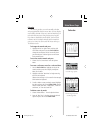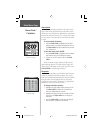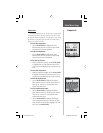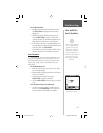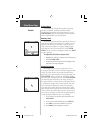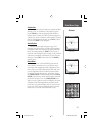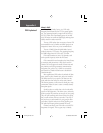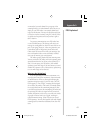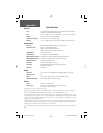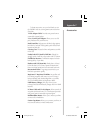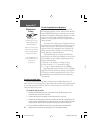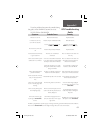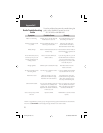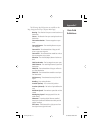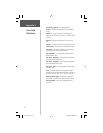
65
an unused or less-used channel for your group. After
scanning briefl y to see what channels other users are on,
simply set your FRS radios to an unused channel and
enjoy less interference. You may also fi nd this useful just
to listen in on others currently using FRS. After all, these
are public-use frequencies and everyone has a right to
talk or listen in.
For greater communication, some FRS radios have
a voice scramble feature. This features will cause your
message to sound garbled to other FRS users that are not
part of your group. However, it does not guarantee your
conversations will be 100 percent private and secure.
Other casual FRS users will not hear your messages, but
users with similar radios or more technically-oriented
users can still monitor your conversations.
FRS radios typically feature half watt transmit power.
You may encounter FRS radios with lower transmit power
specifi cations than this, but all are at least 100mW (0.1
watt). You can expect your FRS radio to offer reliable
operation at one-mile range. If the area between you and
another FRS operator is free of obstructions, operation up
to a two-mile range can be achieved.
What are the limitations?
If you are operating in an urban environment or in
varying terrain (canyons or mountains), these man-made
or natural features will act as obstructions limiting the
maximum reception range of your FRS radio. The UHF
FRS frequency is “line of sight”, meaning that the signals
do not follow the surface of the earth, but instead radiate
in a straight line from the transmitting antenna. If there
is an obstruction between the transmitting FRS radio and
the receiving FRS radio, the signal will not be received.
Smaller obstructions, such as trees, cars and even crowds
of people will cause some loss of signal, resulting in
reduced maximum range. Other FRS users can crowd
FRS frequencies. You may fi nd squelch codes and channel
scanning useful to minimize interference from other FRS
users.
FRS Explained
Appendix A
rino120_10.indd 65 9/13/2002, 3:28:19 PM



